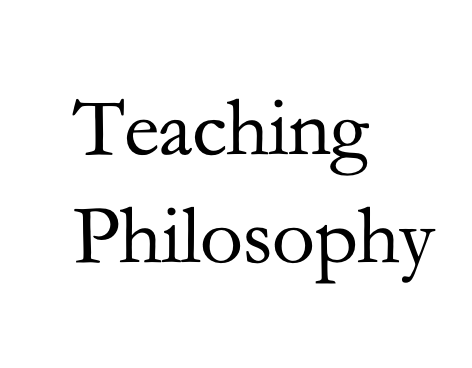Nicholas L. Johnson
My online academic portfolio
The first pedagogical text I ever read in 2016 was Paolo Freire’s Pedagogy of the Oppressed, in conjunction with Augusto Boal’s theatrical theory of a similar name, which has shaped how I think about educating students who enroll in my courses. I avoid the banking method that Paolo Freire outlines as a problematically hierarchical conception of pedagogy. Instead, in keeping with Freire’s desire to render the educational community more conscious, I favor an exchange of knowledge conception, in which students and instructors can exchange their understandings to broaden everyone’s knowledge and skills toward the course objectives.
In addition to carefully designing course objectives, I also familiarize myself with the outcomes my students are seeking so that I can connect to those throughout the course of a semester. By estranging classroom activities from expectations, I can aim for results that my students want but that may not come in the form they imagine. With a wry smile and a few well phrased questions, I face my classrooms in French/Spanish/English language and literature with a focus on welcoming everybody by pushing every student outside of their comfort zone and outside of their typical modes of interpretation and communication.
Informed by my critical disability studies interest, I engage with Jay Timothy Dolmage’s call from 2005 for Universal Design for Learning to integrate with a Usability method of experimentation to find the best implementations of pedagogical technologies. In my first semester at Penn State, I attended a Shreyer Institute for Teaching Excellence session on accessibility of classroom materials that guided me to formatting documents and web pages so that they are best suited for screen readers within a pedagogically aesthetic design. That falls into the Universal Design for Learning side of Critical Disability Pedagogy, whereas my experimentation with class activities, such as the Major Themes Presentations in my sample syllabus in this portfolio, testifies to the Usability. I am committed to finding the best tools, techniques, and theories to create a welcoming and empowering classroom environment.
